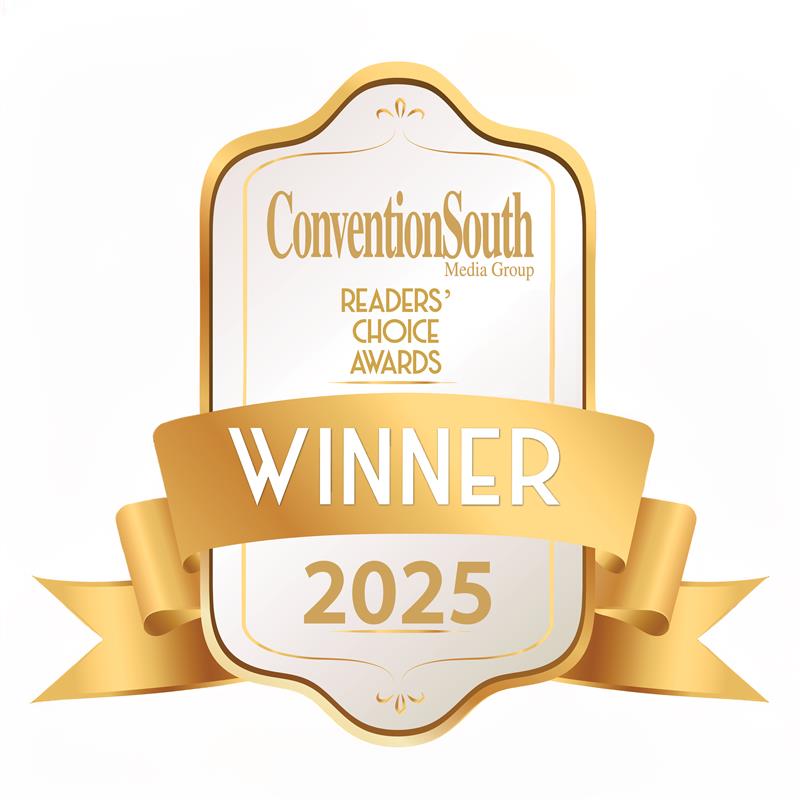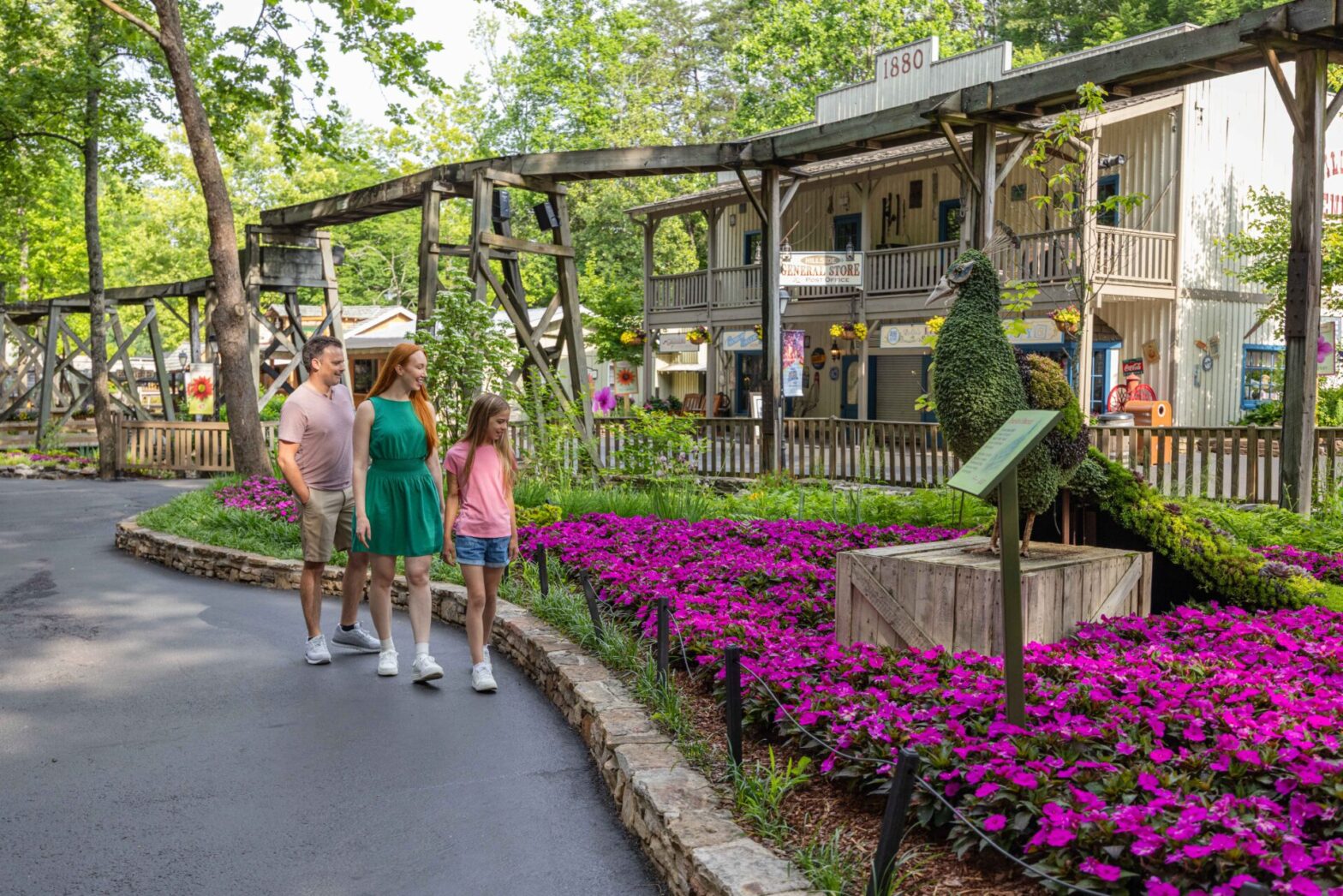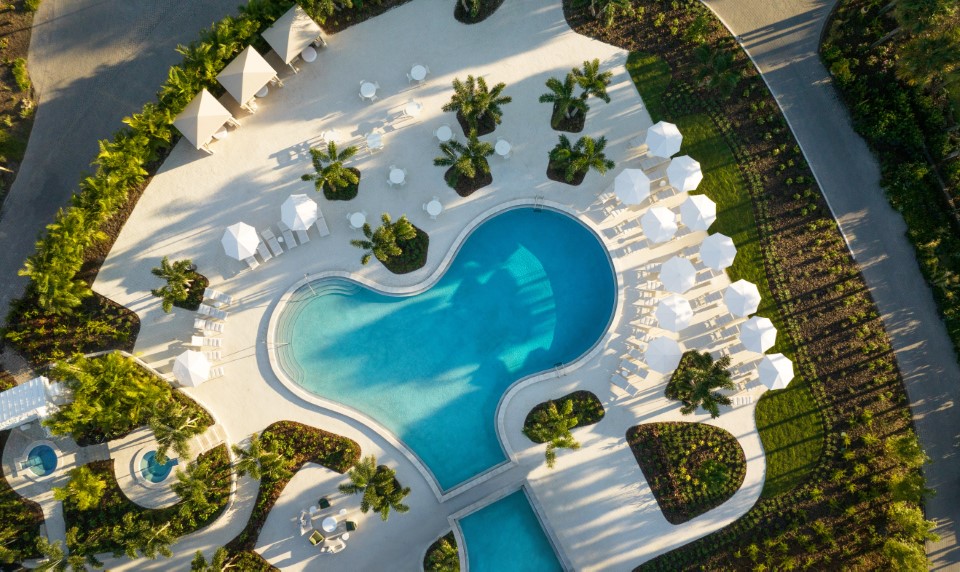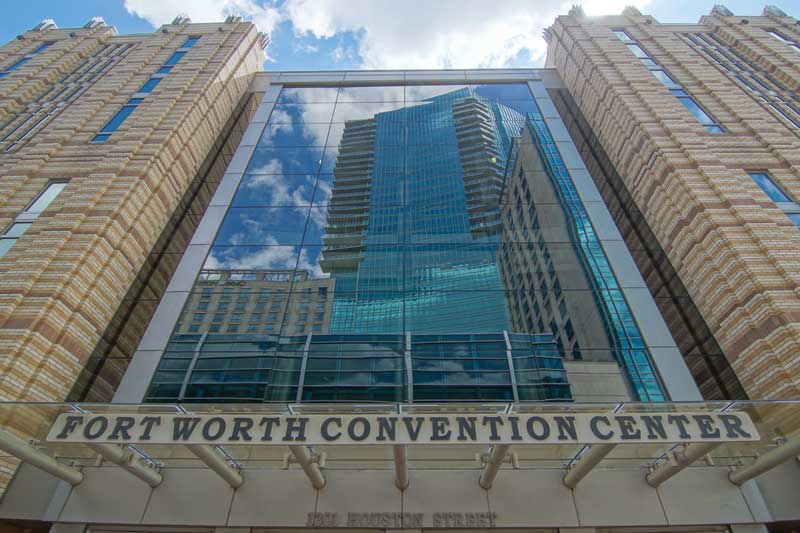
Convention centers are transforming into destinations. No longer merely gathering spaces, facilities are redesigning and redefining to fit the needs of today’s tech-savvy, environmentally-conscious population. Centers now offer luxury, convenience, experiential spaces for engagement, and a taste of their location. It’s a tall order, with millions invested in new builds and renovations to wow planners and attendees with elevated meeting, convention, conference, trade show, and networking spaces.
To meet evolving needs, convention centers of the future should consider five priorities:
- engaging meeting space layouts and new ways of learning
- competitive multiuse spaces
- curated public spaces
- encompassing the needs of modern convention-goers
- maximizing technology
That’s according to Mike Crum, director of the City of Fort Worth Public Events Department in Texas and a hospitality veteran with more than 30 years of experience. “As we were preparing to design our renovated convention center, one of the first things we did is we went out and asked our customers of our past and present, and customers we wanted to bring to Fort Worth in the future, what did they want to see in a convention center of the future,” Crum says.
Based on those customer-driven priorities, the Fort Worth Convention Center will undergo a two-phase expansion. The first phase begins this year and includes adding food and beverage facilities and creating a site pad for a future convention hotel. Other convention centers throughout the South are rebuilding or restructuring to add multipurpose meeting spaces; state-of-the-art technology; outdoor spaces; and more stringent health, safety, and sustainability standards.
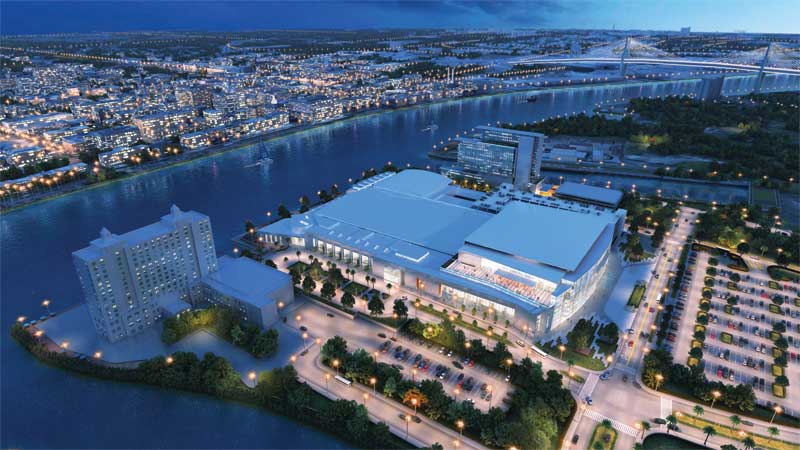
‘A different learning environment’
The New Orleans Ernest N. Morial Convention Center in Louisiana is in the midst of a five-year, $557 million capital improvement plan for its building and grounds. Touted as the sixth largest convention facility in the country, the center’s renovations include transforming a 100,000-square-foot exhibit hall into a multipurpose space, as well as renovating public spaces and 140 meeting rooms.
“You have to have alternative settings, like porches outside or [space] in the exhibit hall,” says center president Michael Sawaya. “It’s a different learning environment. This next generation is very experiential. … They’re accustomed to having multiple devices and activity around them.”
While traditional classroom setups won’t disappear completely, Sawaya likens meeting rooms of the future to neighborhoods. The new style may resemble lounges or cafes, incorporating color, high and low tables, and ottomans where spontaneous conversations can occur, he notes.
“It’s all about having an experience and being able to interact more,” Sawaya says. “They’re craving networking while they’re learning.”
Crum agrees, saying convention attendees increasingly prefer discussion-style group gatherings in less formal settings. Design choices such as non-traditional room dividers, flooring, lighting, and colors and patterns that reflect the location play a role.
“Can you create several learning pods within the space?” Crum asks. “Do you have the furniture to do that? Do you have the lighting and audiovisual capacity to do that? The convention attendee of the future learns differently than convention attendees of the past. What can buildings do to acknowledge that reality?”
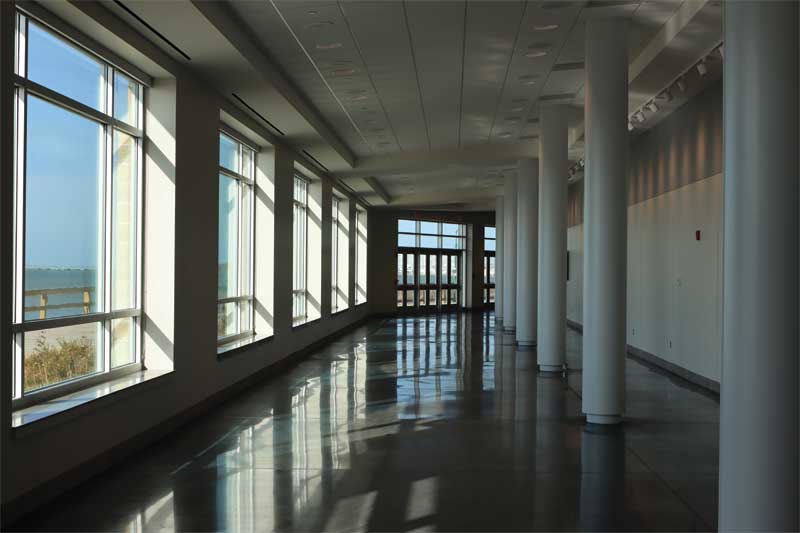
Incorporating the destination
Attendees also want a glimpse of the city they’re visiting. Fort Worth received feedback indicating meeting planners want attendees to get a flavor of the destination while remaining onsite. To achieve that, convention centers are making use of windows, glass walls, and onsite parks and plazas, such as the 70-acre Scissortail Park adjacent to the recently opened Oklahoma City Convention Center in Oklahoma. And the new $60 million New Orleans Ernest N. Morial Convention Center Pedestrian Park is a sustainably designed 7.5-acre linear greenspace with seating, artwork, and Louisiana flora.
“Before, clients didn’t want people to be distracted, and now clients are like, ‘Let people experience the city,’” Sawaya notes.
Part of the New Orleans’ convention center’s renovations includes incorporating the Crescent City’s culture, such as installing New Orleans neighborhood-themed charging stations. “You have to grab onto things that are unique to your city and bring this to life in your building if you can,” Sawaya says.
Branson Convention Center in Missouri also takes advantage of its natural setting and local attractions to draw meetings and conventions and enhance the tourism aspect of the experience for attendees. Surrounded by the Ozark Mountains and offering three nearby lakes, in addition to an abundance of world-class live shows, the center integrates information about area activities; that often entices attendees to come early or stay after their conference, says Sam Voisin, the center’s general manager and a member of ConventionSouth’s Editorial Advisory Board.
Maximizing attendee experience
Curated public spaces can set a convention center apart. Incorporating art, culture, nature, cuisine, and history establishes an atmosphere that can determine how spaces are used.
“You walk onto an outdoor plaza, and maybe it’s covered in AstroTurf or indoor-outdoor carpeting, furniture, and perhaps potted plants,” Crum says. “It has lighting that you could use for an evening reception or LED lighting that could be colored to match a client’s brand. It’s really helping our meeting planners maximize the experience attendees are having when they come to Fort Worth for a meeting.”
Creating a welcoming atmosphere for all attendees means focusing on DEI. That includes creating wider hallways and doorways, using less carpeting, and adding other amenities that improve accessibility, Crum notes.
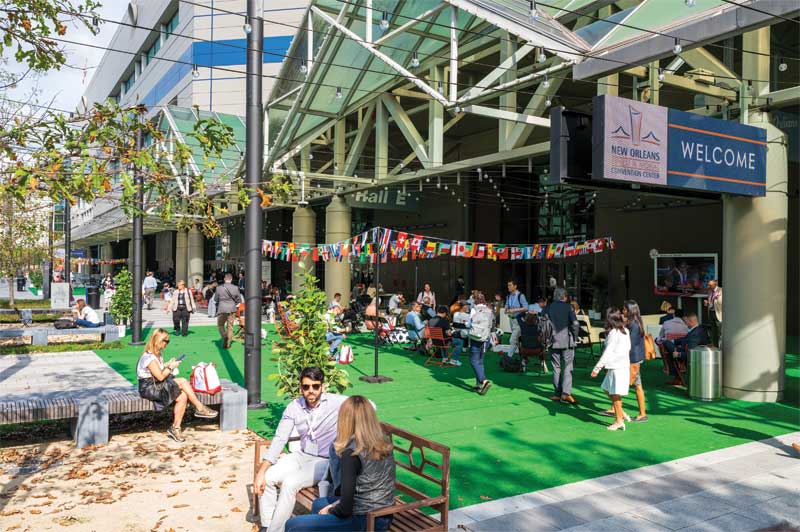
Higher tech
Ubiquitous technology is placing new demands on convention centers.
“Everyone has multiple devices, and they want connectivity for all of them and they don’t necessarily want to pay for it,” Crum says. “Throughout the industry, you have planners pushing back on the cost of accessibility, and I think at the same time the expectation is the venues are going to provide the bandwidth necessary to accommodate access by all these devices people are walking around with.”
Along with fast and reliable Internet access, convention centers need to provide an abundance of charging stations near public seating areas, along with quiet places to work.
“These are areas where attendees can go and stay connected to their office while they’re here,” Voisin says. “They need robust Wi-Fi cell coverage spaces.”
Heat mapping and geofencing technology also can benefit conference centers, Voisin notes. Heat mapping shows online behavior, visualizing volume and offering the potential to direct users. Analyzing that data can help track what is attracting attention and contribute to economic-impact calculations, giving municipalities a picture of which places draw the most visitors. Geofencing works within a geographic boundary to track mobile devices and triggers a response when a device enters or leaves that area.
“When you geofence, you know who’s walking through your building, and you can educate them about things they may want to do after the meeting,” Voisin says.
Safety and sustainability
Industry professionals say improving health safety and establishing sustainability protocols are vital when upgrading convention centers and can be contributing factors in meeting-site selection.
“In terms of the consequences of the COVID-19 pandemic, in general I think you’re going to see that venues are going to continue many of the practices that they developed in response to the pandemic, which really moved from a mindset of you were keeping things clean to where you were sanitizing and disinfecting,” Crum says. “The concept of sanitizing the air in the building and the concept of touchless transactions, I think those are all things that are here to stay.”
Instituting eco-friendly practices demonstrates a commitment to the environment. “Our customers expect us to be sustainability conscious,” Sawaya says. “You have to continually improve and know what your energy use is and set goals to reduce it.”
The award-winning convention center in New Orleans spent a year renovating its restrooms, installing low-flow and automatic shut-off equipment to reduce water usage. Other environmentally conscious upgrades include installing LED lighting in its exhibit halls, as well as developing an advanced recycling program. Their efforts paid off: Last year, the facility achieved LEED Gold certification.
Voisin feels sustainability, health safety, and personal security have become standard customer expectations. And it’s possible for convention centers to offer it all, he says, when priorities are driven by attendee experience.
“It just gets down to being creative to integrate this,” he says. “You can provide world-class service while integrating sustainability, safety, and security. That is where the future is.”

